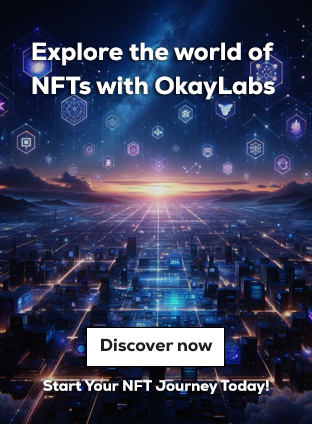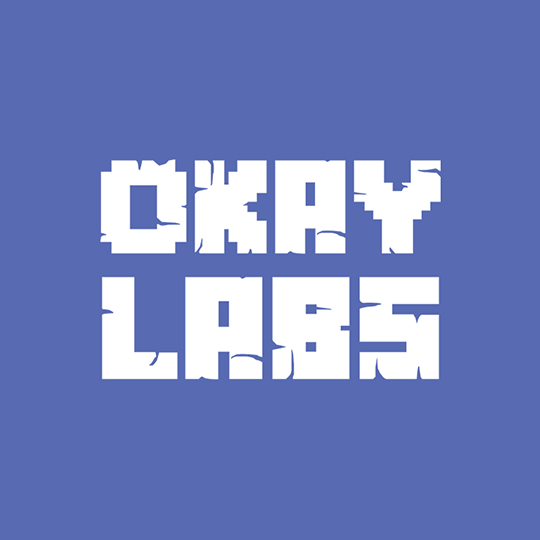The ASI Alliance, a coalition of blockchain and AI companies, is positioning itself as a challenger to the dominance of Big Tech in the artificial intelligence (AI) space. While the alliance still has a long way to go in terms of raw computing power compared to giants like OpenAI and Google, SingularityNET CEO Ben Goertzel believes the alliance can offer smarter, more decentralized solutions that could revolutionize the industry.
On September 19, 2024, the ASI Alliance began voting on whether to bring Cudos, a cloud computing and blockchain platform, into the fold. The vote, which will run until September 24, will decide whether Cudos should merge its native token CUDOS with the ASI Alliance. This merger is expected to significantly expand the alliance’s computing power and AI tools—key components in their mission to deploy artificial general intelligence (AGI).
ASI Alliance’s Ambitious Vision for AI
The ASI Alliance already includes SingularityNET, Ocean Protocol, and Fetch.ai. With the addition of Cudos, the alliance could see an injection of $200 million in computing hardware, provided that token prices remain favorable. However, despite this significant investment, the ASI Alliance is still far behind in terms of computing power when compared to AI giants like OpenAI, which reportedly uses $1 billion in computational resources for its GPT-4 model.
Goertzel acknowledged the disparity, saying, “We’re quite far from having as much hardware as OpenAI or Google.” However, he highlighted that the ASI Alliance is not limited to traditional infrastructure. Through initiatives like Cudos, NuNet (a SingularityNET spinoff), and Hypercycle, the alliance is aiming to build a decentralized compute network that can scale exponentially. This approach would enable the alliance to tap into the unused computing power of devices worldwide, essentially creating a global compute pool that can be leveraged for AI tasks.
A Smarter, Decentralized AI
Goertzel expressed strong belief that the ASI Alliance’s decentralized approach could be far more innovative and effective than the centralized models operated by companies like OpenAI. He stated:
“I believe this can be something way smarter than what Big Tech is doing.”
His confidence is based on the potential of their OpenCog Hyperon framework, a decentralized AGI architecture, which Goertzel believes could outperform existing AI models like OpenAI’s GPT-4. He envisions a decentralized AI network that, once deployed, could draw the same kind of massive adoption as ChatGPT did.
“If we can get something way smarter than OpenAI’s GPT-4 using the OpenCog Hyperon and roll that out on a decentralized network, then the world will jump into that the same way they jumped into ChatGPT,” Goertzel said. The idea is that the decentralized network’s capabilities would be so compelling that users would adopt it organically—just as they did with OpenAI’s popular chatbot.
Decentralization as a Competitive Advantage
A key differentiator for the ASI Alliance is its decentralized model, which Goertzel believes gives it a strategic advantage over centralized corporate players. Rather than relying on a single, massive corporate entity for infrastructure and innovation, the ASI Alliance aims to empower a broader range of participants. Smaller projects with shared incentives can work together, leveraging the alliances’ decentralized compute network and shared tokens to bring more diverse AI innovations to life.
“We’re trying to have many smaller projects, but there’s a shared incentive through the shared token,” Goertzel explained. This, he believes, will help avoid the downsides of traditional mergers in the corporate world, where consolidation can lead to inefficiency and stagnation.
The Future of Decentralized AI
While the ASI Alliance faces a significant challenge in matching the computational resources of established tech giants, its decentralized infrastructure offers an innovative path forward. The merger with Cudos and the increasing use of platforms like NuNet and Hypercycle suggest that the alliance is poised to scale rapidly, tapping into underutilized computing resources across the globe.
For Goertzel and the ASI Alliance, the goal is not just to compete with Big Tech but to build something fundamentally different: a smarter, more efficient, and more inclusive decentralized AI ecosystem that could drive the future of artificial intelligence. The success of this vision could lead to a paradigm shift in how AI is developed and deployed, ultimately offering users more control and access to AI tools that are more aligned with their needs and values.
As the alliance continues to expand its reach and computational capabilities, the coming years will determine whether decentralized AI can emerge as a legitimate alternative to the centralized models of today’s leading AI firms.



